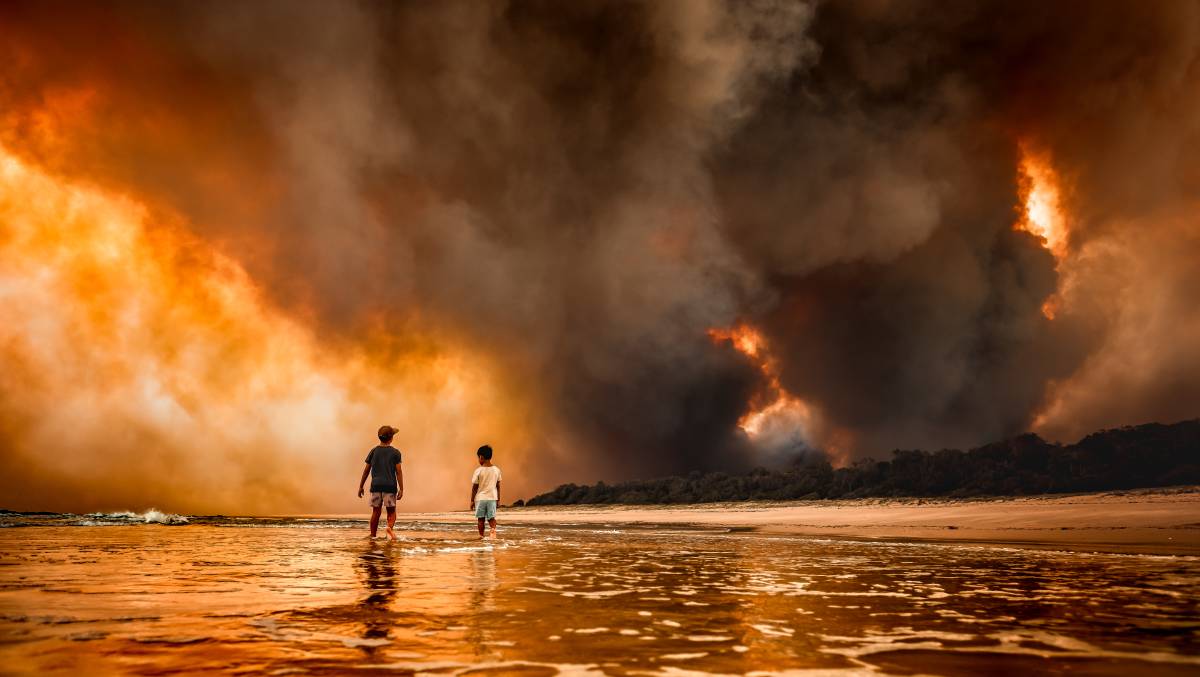News stories about bad air quality, Air Quality Index (AQI) stats and images of people wearing breathing masks used to be a thing you’d see overseas in places like SBS World News.
Sadly, now, these stories are usually about what’s happening in Australia and in particular up and down the east coast. With huge swathes of our natural environment either recently burned or still on fire, the reality of life in these areas is either fire, smoke, or poor air quality.
Every time I’ve brought in the washing from the line outside during the last few weeks I’ve had to shake off a layer of ash and burnt leaves first. Cars everywhere are covered in soot, dust and burned leaves. It’s a mess.
I’ve lived in Sydney NSW for almost 30 years and I have never experienced air quality as bad as it has been during the last few weeks. This might be considered normal in Jakarta or many Chinese cities, but it hasn’t – until now – been normal here.
Many people have resorted to wearing surgical masks, buying masks from hardware stores or considering purchasing air purifiers for the home.
However according to the Australian Medical Association these are of only marginal benefit in countering smoke particles in the air caused by bushfires. Why? In short, the smoke particles are too small for most masks to filter out.
AMA vice president Chris Zappala told The Australian newspaper:
“you’re better off cleaning the filter on your air conditioner than worrying about masks and air purifiers”.
Dr Zappala’s main advice to the public is
“avoid the smoke where possible, and stay indoors where possible”
So if you’re following medical advice, staying inside and keeping doors and windows shut when the air quality is bad, how do you know when it actually is bad?
I decided the best approach was to use data. The New South Wales government has air quality monitoring stations across Sydney and many other areas in the state which publicly report air quality data 24/7/365.
After trying quite a few different mobile phone apps that claim to show current air quality in different areas I recommend using the free no-ads app Airvisual. It offers these features:
- It can track different areas for you, such as your home, work and where other family members live.
- It can notify you of the air quality at a specific time every day, display a permanent notification and has excellent widgets of many different sizes.
- Airvisual also gives you advice depending on the current air quality such as whether to stay inside, not to do any exercise outside etc.
- In areas where the government doesn’t have official air quality monitors, Airvisual uses satellite data to estimate the air quality.
I found this to be quite good and the numbers change to get better or worse when I can see the wind changing outside to bring more or less bushfire smoke to our area.
There’s nothing you can individually do to improve the air quality outside, however at least using this app you can get data to decide to keep your home windows/doors open or not and whether you should do outdoor activities or not.
Fire Photo credit : Martin Von Stoll












